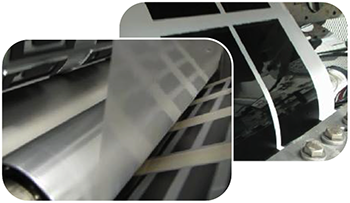General context
Current automotive PEM fuel cell stack manufacturing is very much oriented towards meeting the volume requirements of the day. Stacks are invariably hand-built using components which in some cases are selected based on bespoke quality requirements. As a result manufacturing through-put is too slow and high in cost to meet the 2020 targets. If PEM fuel cells are to make a significant impact on the modern auto-industry in the EU, development of the manufacturing approach to all components must be made to facilitate high volume capability throughout the supply chain – from sub-component through to stack assembly.
The focus of the work in VOLUMETRIQ thus:
- solves technical problems that are relevant and important to the industry
- reduces costs and advance market acceptability
- comprises patent protectable ideas
- scales technologies and processes into viable commercial products.
As such, the project involves a high level of innovation potential.
Specific Objectives
The principal aim of VOLUMETRIQ, a commercialisation focused project, is to develop an EU-centric supply base for automotive PEM fuel cell stacks and their key components with volume manufacturing capability and embedded quality control at its heart.
The stack and components are based on automotive PEM fuel cell technology which is presently TRL5 for component manufacturing approach and concepts. The project will deliver a TRL7 stack and component design, at TRL7 manufacturing maturity, a consistent stack power of 90 kW, and demonstrated cost reduction, via an EU supply base that is consistent with the JU 2020 system targets for performance and cost.
In order to achieve this, the key objectives will be:
- optimise existing component detail designs to achieve automotive power density of 2,5 A/cm2 at 0,6 V
existing component detail designs to achieve automotive power density of 2,5 A/cm2 at 0,6 V
- demonstrate capability to achieve 5000 hours on representative automotive drive cycle
- demonstrate stack cost reduction model consistent with automotive target of 100 €/kW at 2020 assuming 50,000 units per annum
- advance stack manufacturing technology level to TRL7
- develop the complementary volume manufacturing capability and in-process quality controls at component and sub-component level to reduce scrap rate to target of <5%.
 Pellentesque adipiscing leo condimentum enim ullamcorper pretium. Aenean gravida, libero nec convallis ornare, massa odio.
Pellentesque adipiscing leo condimentum enim ullamcorper pretium. Aenean gravida, libero nec convallis ornare, massa odio.


